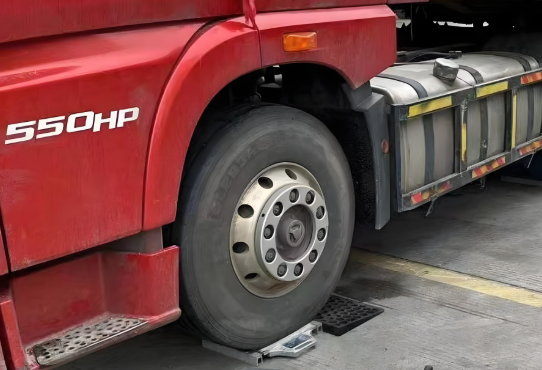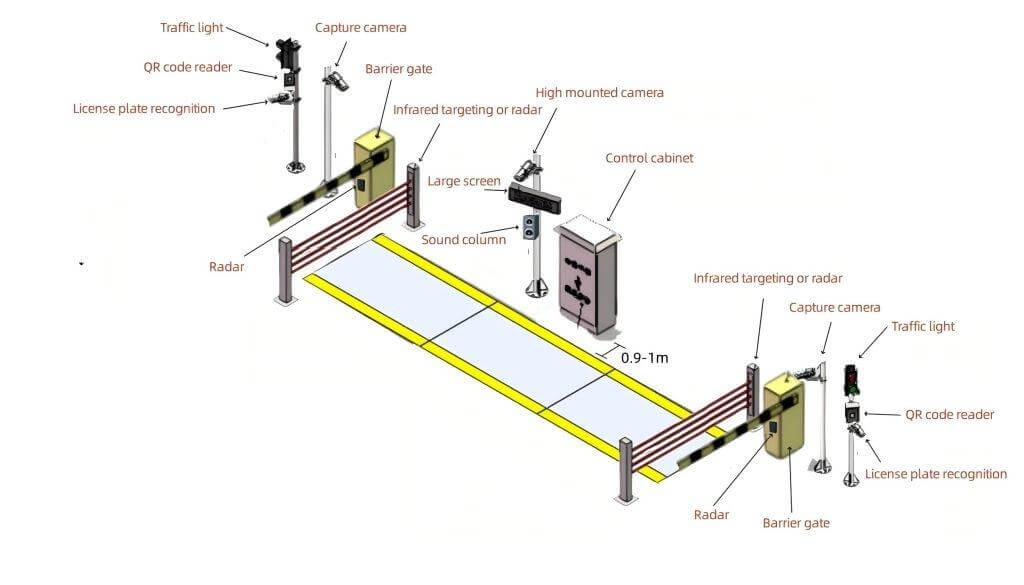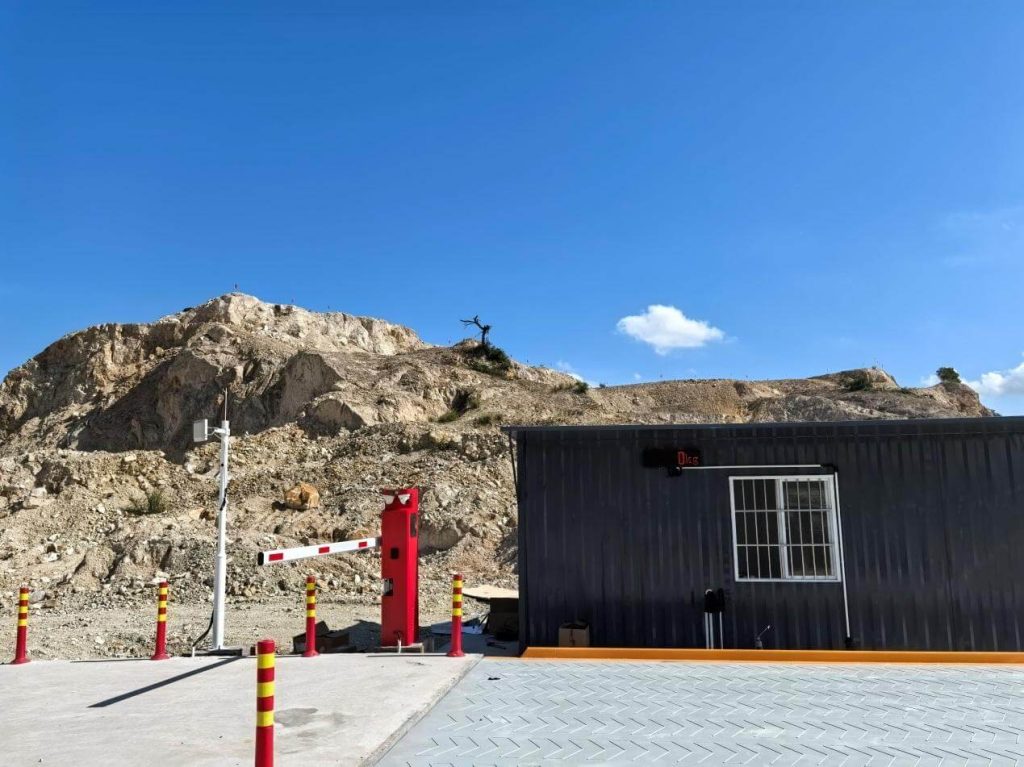How Do Portable Truck Scales Work?
What Is a Portable Truck Scale?
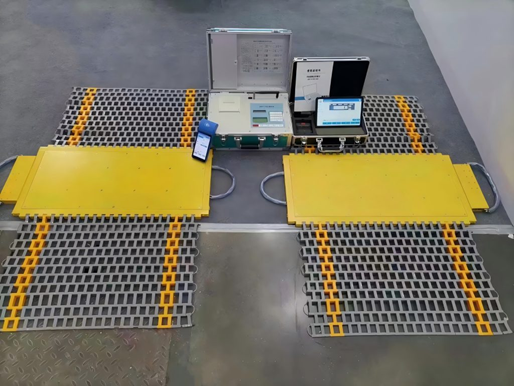
A portable truck scale is a mobile weighing system designed for quick installation and relocation. Unlike permanent floor scales that require civil engineering work and remain fixed in one location, portable truck scales can be deployed wherever needed, making them an ideal solution for:
Temporary projects
Remote or decentralized operations
Situations where a fixed installation is impractical or too costly
Their compact footprint, ease of use, and mobility make them a flexible alternative to traditional weighbridges.
How Portable Truck Scales Work
Truck scales—commonly, the effectiveness of a portable truck scale lies in its ability to deliver accurate measurements in a compact, rugged design. This is made possible through precision engineering and robust materials.
Core Components
A portable truck scale consists of several key parts that work together:
Weigh Pads/Platforms – Heavy-duty, low-profile pads made of aluminum or steel, designed to withstand extreme loads and outdoor conditions.
Load Cells – The “brains” of the system, embedded in the weigh pads. They convert the truck’s weight into precise electrical signals.
Indicator/Controller – The control center that receives the signals from load cells, processes the data, and displays the weight on a digital screen. Modern indicators may include built-in memory, printing functions, and data export.
Connection System – Either heavy-duty cables or wireless links (Bluetooth, Wi-Fi) that transfer data between pads and indicators. Wireless setups simplify installation and reduce trip hazards. Own as weighbridges are essential not only for measuring weight but also for ensuring supply chain accuracy and legal compliance. Overloaded trucks can damage roads, increase fuel costs, and pose serious safety risks. Underloading, on the other hand, leads to inefficiencies and revenue loss.
Weighing Process
Weighing a truck with a portable scale is straightforward but requires proper setup for accuracy:
Placement – Position the weigh pads on a flat, stable, and sturdy surface.
Drive – Move the truck slowly onto the pads, aligning wheels or axles correctly.
Signal Conversion – Load cells compress under the truck’s weight, generating electrical signals.
Data Processing – The indicator processes the signals, calculates the total weight, and displays the results.
Recordkeeping – Save data in the indicator’s memory, print it, or export it for analysis and compliance.
Types of Portable Truck Scales
| Type of Portable Truck Scale | How It Works | Best For |
| Portable Wheel Weigh Pads | Weighs each wheel individually, then sums the results. | Quick spot checks, axle load monitoring, smaller trucks or light commercial vehicles. |
| Portable Axle Scales | Weighs one axle at a time for faster results. | Commercial vehicles, traffic enforcement, medium-to-heavy trucks. |
| Full-Length Portable Truck Scales | Uses multiple connected platforms to weigh the entire truck in a single pass. | Quick spot checks, axle load monitoring, smaller trucks, or light commercial vehicles. |
Why Choose BINCEN Portable Truck Scale?
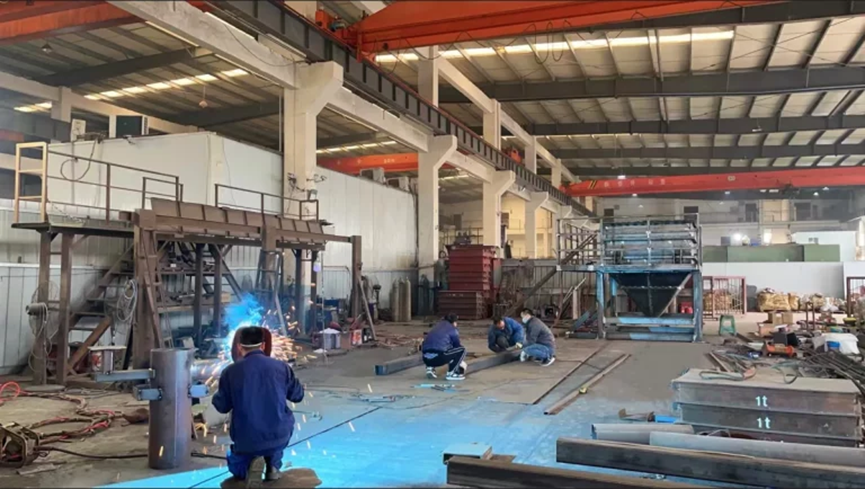
BINCEN provides high-performance, cost-effective portable truck scales for industries such as logistics, mining, and agriculture. Our advantages include:
Precise measurement – High-precision digital sensors with strong anti-interference performance.
Wide capacity – A variety of models and configurations meet diverse weighing needs.
Rugged and durable – Heavy-duty steel construction is corrosion-resistant and impact-resistant.
Intelligent operation – Remote monitoring, automated support, and efficient data management.
One-stop service – Complete solutions from sensors to software, with comprehensive installation and maintenance support.
Conclusion
Portable truck scales are revolutionizing on-site weighing across a wide range of industries. Unlike other types of truck scales, portable truck scales combine durable weigh pads, advanced load cells, and user-friendly indicators to provide an accurate, portable, and cost-effective weighing solution.
Understanding how they work and choosing the right type for your needs can help your business improve safety, ensure compliance, and streamline operations.


